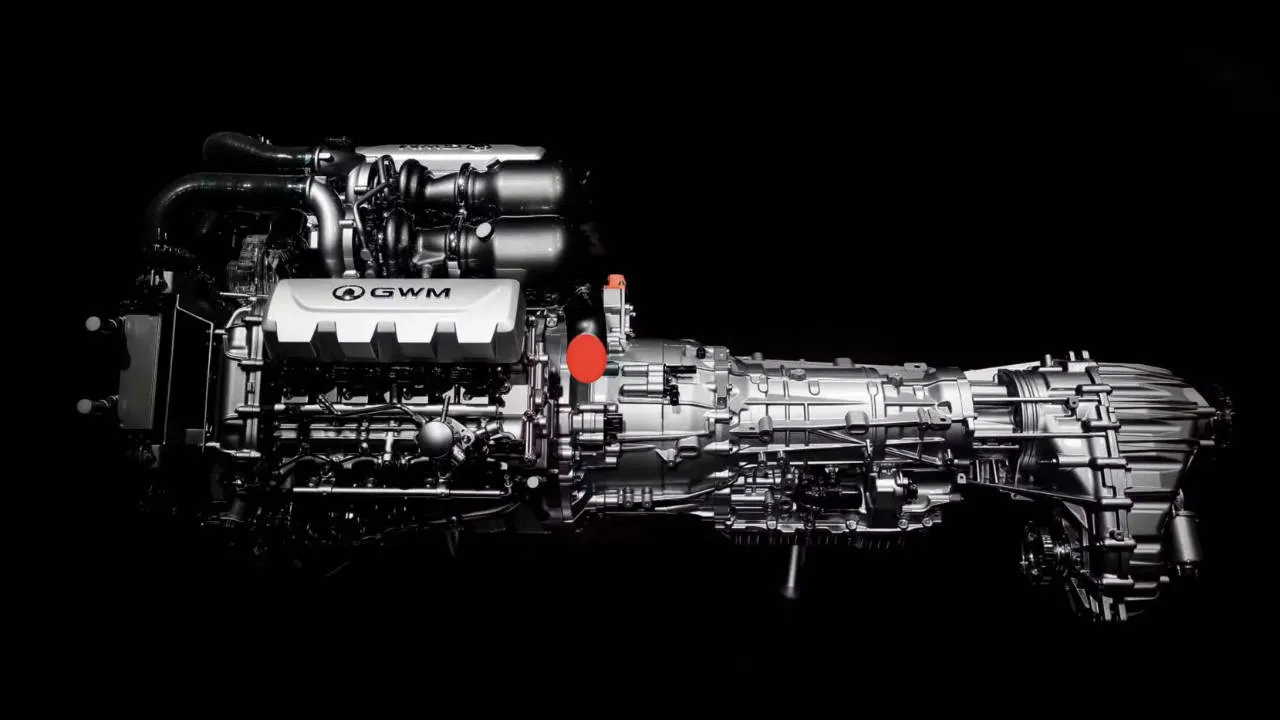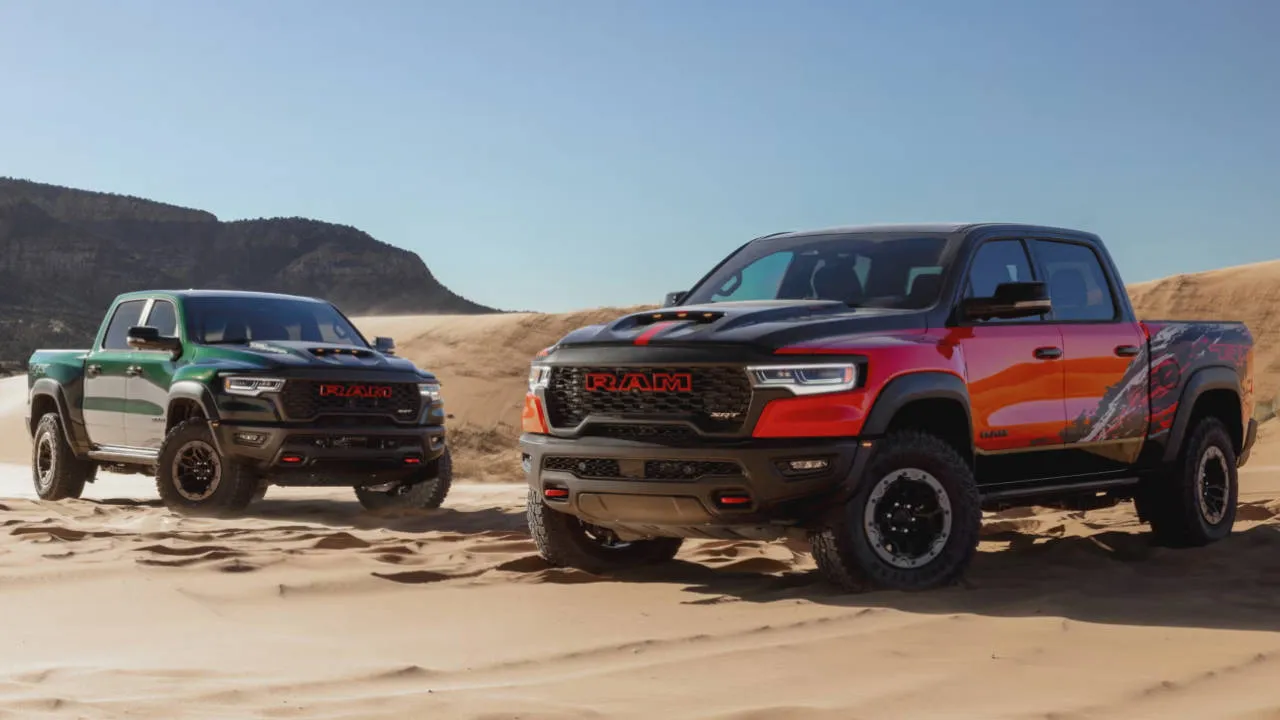Dubicars CEO remains confident about the Automotive market despite the Covid-19 outbreak

The CEO of Dubicars is confident that the automotive industry in Dubai is in the right lane to drive through the current coronavirus-inspired economic challenges.
However, Craig Stevens has warned traditional showroom outlets must adapt their operations and embrace the digital world or risk crashing and burning.
Stevens revealed the digital platform, which connects buyers and sellers, has seen a 38 percent increase in web traffic from January to March, compared to the same period last year. From January 2020, active users on web and mobile apps have increased by 16 percent month on month and transactions have risen by 8.5 percent.
“We have empirical evidence that more digitised car dealers fare better in times of crisis. If we look to China, we can see that after the first 15 days of the Covid-19 shutdown, car sales were down by 91 percent year-on-year. In the following 15 days, sales were down by 81 percent. 15 days after that, car sales were down by 47 percent.” Said Craig Stevens, CEO of Dubicars.
“After the initial shock, we started to see improvement, and the dealers that are recovering the fastest are the ones that kept working, despite their showrooms being closed. These dealers innovated, with one even delivering keys using a drone, and focused purely on the online digital experience.”
“If dealers in the UAE accelerated their digital transformations in line with those Chinese car dealers that are bouncing back, they would see positive returns.”
With a drop in oil prices and consumers tightening their belts, sales of new cars were already on the slide across many GCC countries – coronavirus has thrown another brick in the road for car makers and dealerships.
However, Stevens believed there is plenty of opportunity remaining in the used car market and said Covid-19 should act as a “wake-up call” and an opportunity for businesses to step up their online efforts.
He said: “Even through the worst recessions, demand for used cars has remained resilient. However, it would be a mistake to think the industry doesn’t need to make fundamental changes to respond to its new reality.
“In some ways, the automotive sector has been quite slow in responding to what consumers want and expect. For example, we can now bank online, buy groceries and even workout without stepping foot outside the house.
“Consumers research properties, holidays and schools online. They watch their favourite television shows on-demand instead of tuning in weekly. It stands to reason people want the same seamless customer experience when choosing and buying a car.”
Stevens recommends a five-point plan for car dealers serious about accelerating their digital presence and transforming the industry.
1. Accept consumers are spending more time online than ever before. However, to entice them, dealers will need to create content and features that are more entertaining, engaging and informative. Stevens believes dealers who focus efforts on the online customer experience will see dividends, outperforming those who remain stuck in the past.
2. Understand the online experience should rival if not surpass the offline process of buying a car. Digital consumers should have access to all of the information regarding a vehicle, including the price, features and options, with the ability to compare vehicles. They should also be able to view high-quality photographs, videos and car and owners reviews, so they are getting more information than they would if they were in the showroom. This would enable consumers to make their decisions prior to visiting the showroom, relying on the dealer only to focus on the in-showroom experience which includes facilitating the sale, arranging a test drive, completing paperwork and handing over the keys.
3. Review the car buying process. Dealers should critically assess what action they would need to take to become completely digital. What processes currently involve human intervention that could be facilitated online? For example, what would it take to enable customers to source finance and insurance online? Could 360-degree videos of a car negate the need to visit the showroom? Could a purchased car be delivered to a customer’s door, meaning they wouldn’t need to visit the showroom at all?
4. Critically consider how long the online customer journey takes. Digital consumers are impatient, so websites should be designed with this in mind. Your customers expect a website to load within two seconds. If a content-heavy website is still loading after the two-second mark, the chances of losing that customer to a rival are high. It is important to remember when customers enquire on a website, they are already in buying mode, so don’t make them wait as they are not loyal and will absolutely look somewhere else. A common complaint from consumers looking at buying cars is they often have to wait between 24-48 hours for a response to their emails. This simply isn’t good enough when they expect an immediate response, so introducing an always-live chat option is recommended to ensure you are not missing out.
5. Use the right metrics. Many dealers are still using the same metrics they did over a decade ago. Instead of counting the number of people visiting showrooms and profit per vehicle, dealers should be measuring how much time consumers are spending on their websites, engagement levels and how they optimise content to convert that engagement to a sale. This will enable them to measure how effective their online efforts are and guide any further updates.
Cars are still being uploaded daily for sale in Dubai, Sharjah, Abu Dhabi and Ajman.








